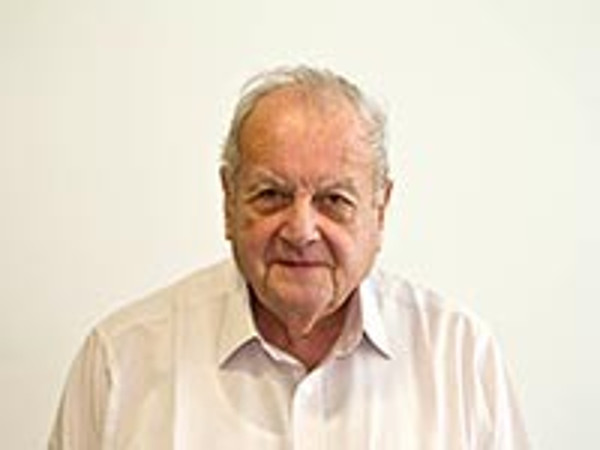
I first became involved with the concepts of Openness when I was Head of Software Engineering in ICL ASD (Applications Software Division, replacing ICL Dataskill) in Reading from 1982-86.
At the time, the European IT suppliers were struggling with very strong IBM competition in mainframe and middle range computers market. IBM controlled well over 60% of the European Computer Market.
Rob Wilmott, CEO, ICL, asked me to lead an international group of European Computer Suppliers to develop a specialisation which would enable software suppliers of applications once only without having to create different versions for incompatible computer systems.
I pulled together an informal group of leading specialists from AT&T, Bull, ICL, Nixdorf, Olivetti, Philips and Siemens. We decided to define a common Applications Environment (CAE). Based on AT&T’s SVID (System V Interface Definition) the team met informally in each others offices. We agreed on the name X/Open for our project.
Some of the creators of the original AT&T UNIX took part. I was greatly assisted by Mike Lambert who led the editorial and publication work. I wish I could remember the stalwart of our Software Engineering Team who handled the budgets and costs. Many thanks to him.
We completed the text and had it printed by Elsevier in Holland. I presented the document to the American Bureau of Standard in July 1985. They were not best pleased because we had not involved them in the process but it probably led to the creation of Posix.
I was particularly grateful to Mike Lambert, a leading member of my team in ICL ASD ,for his invaluable support., technical knowledge and attention to detail.
Geoff Morris, an ASD Divisional Manager, was named as CEO of X/Open with Mike Lambert as CTO. In 1985/6, Geoff created a formal not-for-profit organisation. At this point, American and other hardware suppliers showed considerable interest and applied to join the X/Open Group. In the end, both IBM and Microsoft applied for membership and the name was changed to The Open Group which flourishes today.
I then joined AT&T/Olivetti and then Olivetti where I worked until 1994. Olivetti encouraged me in my interest in openness. I published a number of Olivetti documents on openness. I worked closely with Professor Sandro Oshaghi who led the design of UNIX based banking terminals which we widely installed in the UK and across Europe. At the same time, I joined Graham Taylor in promoting UNIX International (UI)> We organised meetings in the USA and Europe. I particularly remember such a meeting in Boston, Mass. where you gave a speech on your aims for X/Open in 2020. It would be interesting that speech if you still have a copy.
The market lost interest in the mid-1990s so we wound our work on UI
Fortunately. Linus Torvalds, published his open source version of Linux on the Internet which attracted huge interest. Now all virtually all suppliers now use Linux as the operating system of choice from mobile phones to supercomputers.
The operating systems market needed an interloper to be able to justify ignoring the use of their operating own systems to distinguish themselves in the market. Marketing pressures had encouraged individual to use their own version of UNIX for this purpose. The net result the creation of a reputed different versions replacing 3-5 originals. Apart from anything else, the cost of developing and maintaining individual operating systems became prohibitive.
In the late 1990s, I got together with Graham got back in touch to explore the impact of Open Source Linux on global markets. Out of that grew Open Forum Europe to promote Open Source Software and Open Software Standards.
Basil Cousins.
11th January 2021





